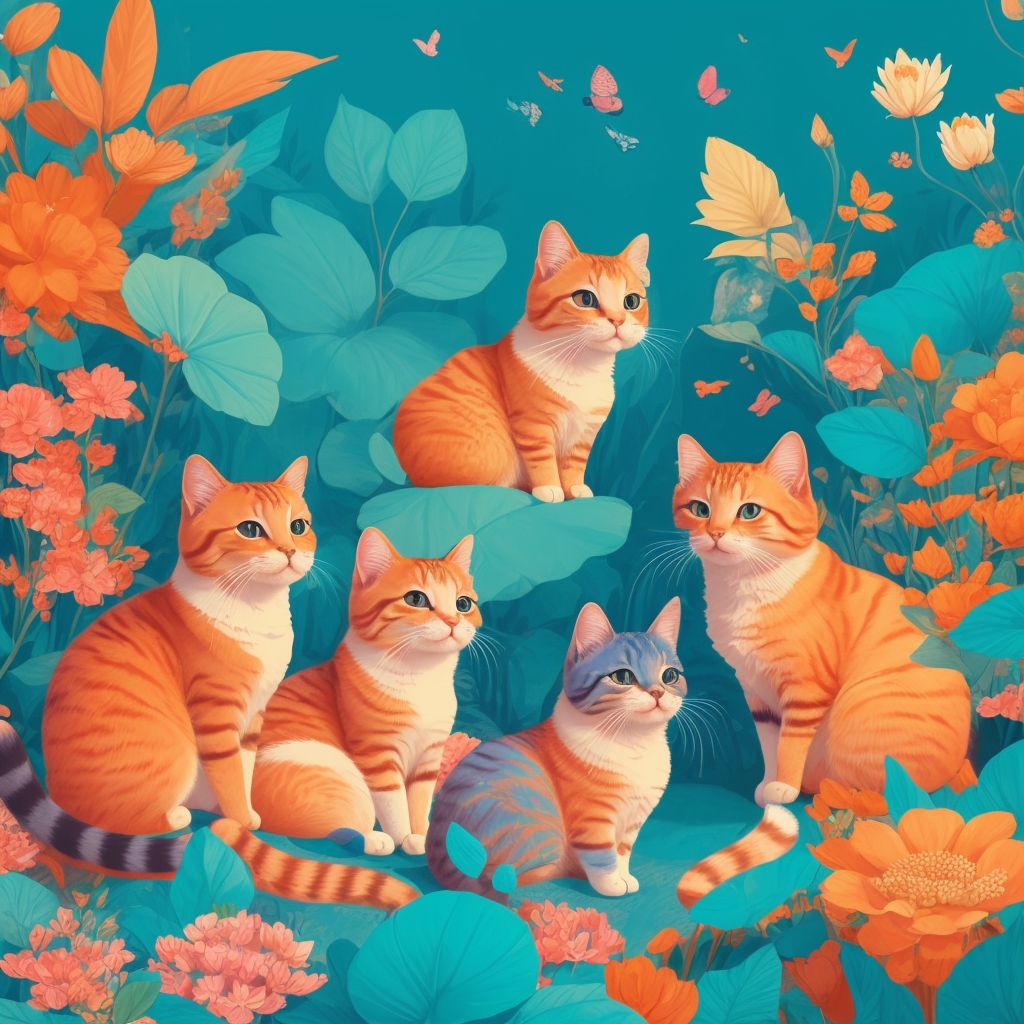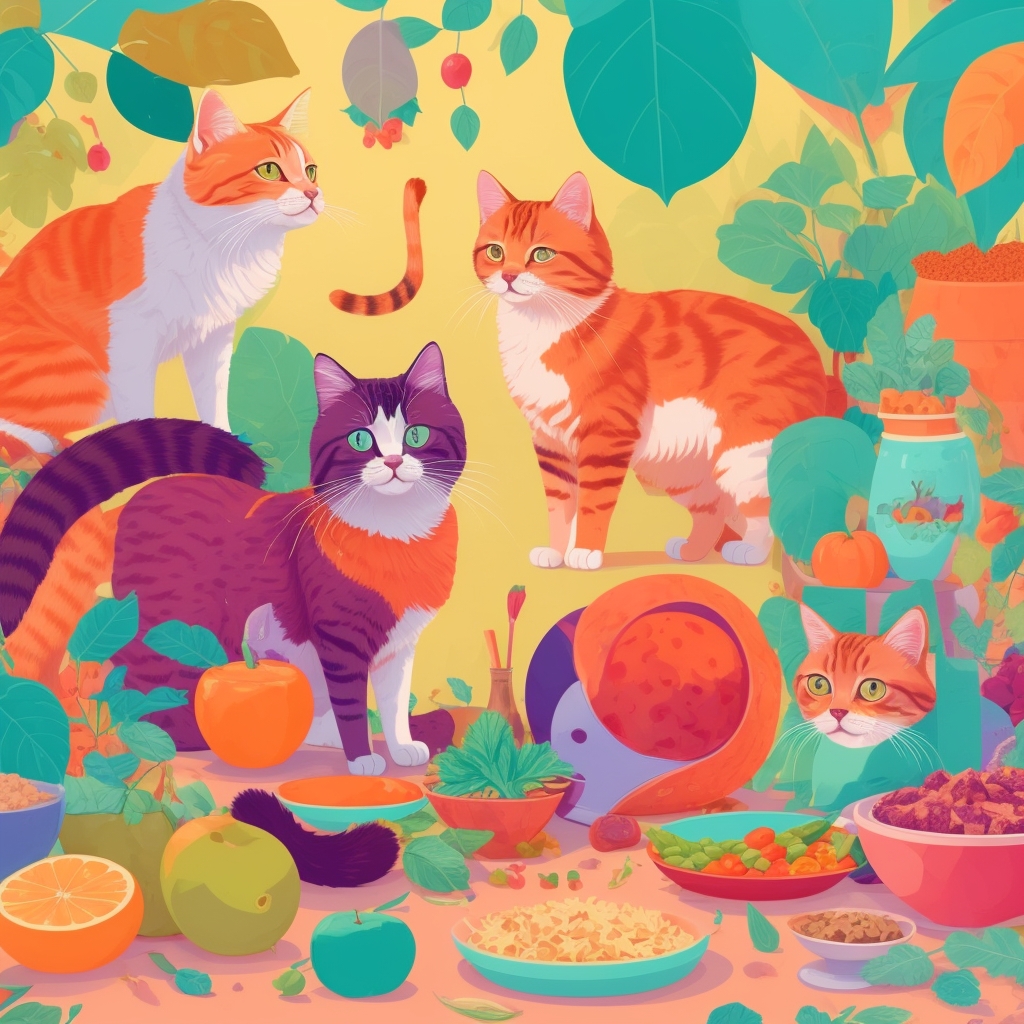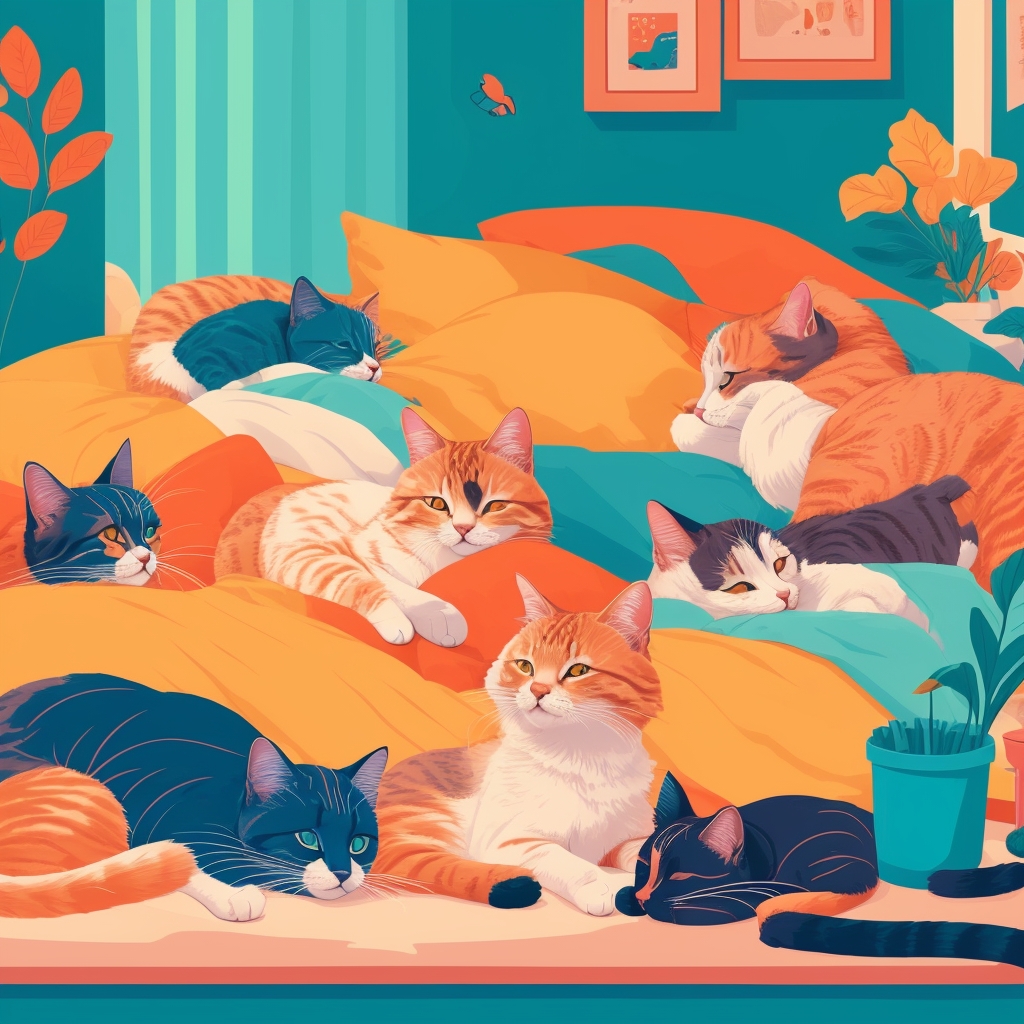Purring is one of the most fascinating behaviors of domestic cats. This soft sound, often associated with moments of calm and well-being, can intrigue cat owners and raise many questions. Why do cats purr? Is it only a sign of contentment, or can it also signal other emotions? In this article, we’ll explore the various aspects of purring in cats, considering scientific research and behavioral observations.
The Mechanics of Purring
1. The Physiology of Purring
Purring is produced by rapid, repeated contractions of the larynx muscles that modify airflow, creating this characteristic sound. This phenomenon generally occurs at a frequency between 25 and 150 Hertz, a range that has been associated with beneficial health effects in both cats and humans.
2. Situations That Trigger Purring
Cats can purr in a variety of situations. Here are some common triggers:
- Contentment: This is the most frequently observed scenario. A cat snuggling against its owner or being petted is often purring.
- Stress or Pain: Surprisingly, cats can also purr when they are stressed or in pain. This could be a self-soothing mechanism, allowing them to calm themselves in difficult situations.
- Social Interaction: Cats often purr to signal peaceful intent, whether toward other cats or humans. This can be a way to communicate their non-aggression.
Reasons Why Cats Purr
1. Expression of Well-being
A happy and relaxed cat often purrs. For example, when you pet your cat on your lap, it may start purring, indicating that it feels safe and loved. This is especially true for cats that have established a strong bond with their owners.
2. Maternal Care
Kittens begin to purr as soon as they’re born, which helps their mother locate them and ensure they are feeding. This behavior strengthens the bond between the mother and her young and can persist even into adulthood.
3. Self-Soothing Mechanism
In situations of pain or stress, a cat may purr to comfort itself. For instance, a cat that has undergone surgery might purr to reduce its anxiety and promote healing. Studies have shown that vibrations at certain frequencies can help regenerate tissues and reduce pain.
4. Communication
Purring can also serve as a means of communication. For example, a cat approaching another cat or a human with friendly intent may purr to signal that it poses no threat. This can also occur during interaction with humans when the cat seeks attention or food.
Real-Life Examples and Use Cases
1. Case of a Recovering Cat
Imagine a cat that recently underwent surgery. After the operation, it might spend time purring in a quiet spot in the house. This behavior could signal to its owner that it feels stressed and is seeking comfort. In this case, purring can be an indicator of its need for support.
2. Interaction Between a Cat and a Child
When a child plays with a cat and pets it, it’s common for the cat to start purring. This indicates that the animal feels comfortable and safe, which is essential for establishing a positive relationship between the child and the animal.
3. A Cat in Distress
Another example would be a cat hiding under furniture and starting to purr. While this might seem contradictory, this behavior can be a sign of stress. In this case, purring can be a coping mechanism to deal with a perceived threatening situation.
Key Points and Best Practices
1. Observe the Context
It’s crucial to pay attention to the context in which a cat purrs. What’s happening around it? Is it a moment of play, rest, or does it seem distressed? These observations can help you understand your cat’s emotional needs.
2. Create a Serene Environment
If your cat often purrs in stressful situations, consider creating a more calming environment. This can include secure hiding spots, interactive toys, and a quiet space where it can retreat.
3. Assess Your Cat’s Health
A sudden change in your cat’s purring behavior, especially if accompanied by signs of pain or discomfort, can indicate health problems. Don’t hesitate to consult a veterinarian if you have concerns.
4. Use Purring to Strengthen the Bond
Take advantage of purring moments to strengthen your bond with your cat. Spend time petting or playing with them during these moments when they feel relaxed and happy.
Conclusion
Cat purring is a complex and multifunctional behavior that reflects both the animal’s well-being and emotional needs. By understanding the different reasons why a cat purrs, owners can better meet its needs and improve its quality of life. Whether it’s to express satisfaction, soothe pain, or communicate, purring is a fascinating aspect of feline behavior that deserves to be explored and understood.
By cultivating a harmonious relationship with your cat, you’ll not only appreciate these sweet moments of purring but also offer your feline companion a healthy and safe environment.







